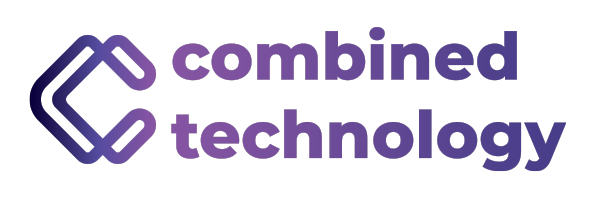In today’s rapidly evolving digital landscape, businesses are increasingly turning to managed IT services to stay competitive and secure. But what exactly are managed IT services, and what do they entail for your business? This comprehensive guide will explore the core components, major benefits, and essential considerations of managed IT services, helping you make an informed decision about whether they’re the right choice for your organization.
Decoding the Magic of Managed IT Services
Managed IT services involve outsourcing various IT tasks and functions to a third-party provider. These services can include everything from cybersecurity, data backup and recovery, and network management, to cloud services and support. By entrusting these responsibilities to experts, businesses can focus more on their core operations, and ensure that their IT infrastructure is in capable hands.
The Core Engine: Essential Components of Managed IT Services
- Proactive Support: Unlike traditional IT services, which often operate on a break/fix model, managed services prioritize preventing issues before they disrupt business operations.
- Remote Monitoring and Management (RMM): This involves continuously monitoring the health of an organization’s IT infrastructure to identify and resolve issues swiftly.
- Cybersecurity Services: Protecting data and networks from cyber threats is a crucial aspect, including firewall management, intrusion detection, and anti-virus protection.
- Cloud Services: Many managed IT service providers offer cloud computing services, facilitating remote work, data storage, and software application access.
Key Advantages of Managed IT Services
Adopting managed IT services offers numerous advantages for businesses:
- Cost Efficiency: It transforms unpredictable IT expenses into fixed, manageable costs, aiding budget planning and reducing the need for in-house IT staff.
- Enhanced Security: Providers are equipped with the latest technologies and expertise to defend against cyber threats, ensuring your data remains secure.
- Scalability: Services can be easily scaled up or down based on your business needs, supporting growth without the need to overhaul your IT infrastructure.
- Expertise and Experience: Access to a team of IT experts who are up-to-date with the latest technologies and best practices.
Considerations Before Opting for Managed IT Services
While the benefits are significant, there are considerations to keep in mind:
- Business Needs: Ensure the services align with your specific business requirements and goals.
- Provider Compatibility: Assess the provider’s experience, especially in your industry, and their ability to offer personalized support.
- Cost-Benefit Analysis: Weigh the costs of managed IT services against the potential savings in other areas, such as reduced downtime and operational efficiencies.
How Managed IT Services Can Transform Your Business
Incorporating managed IT services can fundamentally transform how your business operates. It can lead to improved operational efficiency by automating routine tasks and freeing up your team to focus on strategic goals. Additionally, it can enhance your ability to innovate by providing access to the latest technologies and expertise, without the need for significant capital investment.
Potential Drawbacks of Managed IT Services
Despite the numerous benefits, there are potential drawbacks to consider:
- Loss of Control: Some businesses may feel uncomfortable relinquishing control of their IT infrastructure to a third party.
- Dependence on Service Providers: There’s a risk of becoming too dependent on your managed IT services provider, which could be problematic if the partnership ends.
- Potential for Hidden Costs: Ensure you understand the contract fully to avoid unexpected expenses, such as charges for services outside the scope of the agreement.
Weighing the Advantages & Drawbacks
Deciding whether managed IT services are right for your business involves a careful evaluation of the pros and cons. Consider how the benefits, such as cost savings, enhanced security, and access to expertise, balance against potential drawbacks like loss of control and dependence on a provider. For many businesses, the advantages significantly outweigh the risks, particularly those needing more in-house IT capabilities or facing budget constraints.
Bottom line: managed IT services offer a pathway for businesses to enhance their operational efficiency, security, and scalability. By understanding the core components, benefits, and considerations, organizations can make an informed decision that aligns with their strategic objectives. If you’re considering making the leap to managed IT services, remember to choose a provider that understands your business and can offer tailored solutions to meet your unique needs.
Ready to explore how managed IT services can transform your business? Contact us today to explore customized IT solutions designed to boost your business’s growth and efficiency. Let us help you navigate the digital landscape with confidence and expertise.





